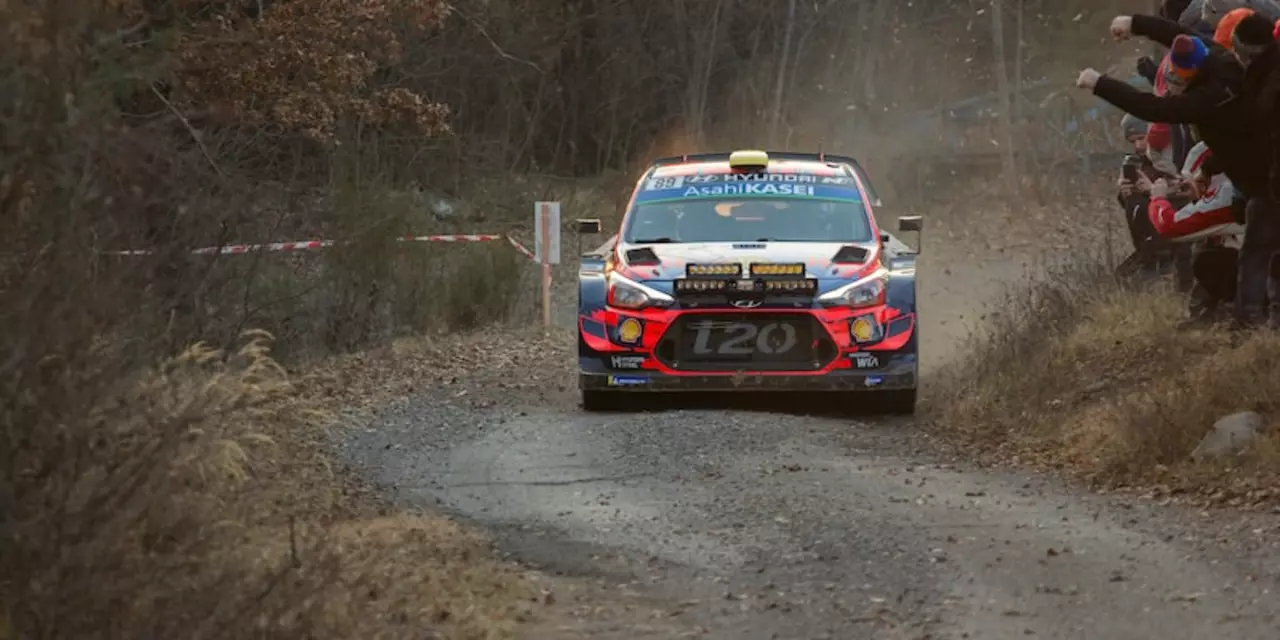What Co-Drivers Really Do in a Rally
When you watch a rally car zip through forest roads, the driver gets most of the glory. But right beside them is the co-driver, the person who keeps the car moving in the right direction. Without a solid co-driver, even the best driver can get lost, miss a corner, or crash.
Reading Pace Notes Like a Pro
A co-driver’s main job is to read pace notes. These are short, coded descriptions of every turn, jump, and surface change on the stage. A note might say "Left 3 tight" meaning a medium left turn that’s very sharp. The co-driver calls these out a few seconds before the driver reaches the spot, giving them time to react.
Good pace notes are clear, consistent, and spoken at the right speed. Too fast and the driver can’t process them; too slow and they lose the rhythm. Most teams practice the cadence until it feels natural, like a song they both know.
Keeping the Team on Track
Beyond notes, a co-driver handles timing, car checks, and safety. They watch the clock, tell the driver when to push or conserve fuel, and make sure the car meets the rules at each checkpoint. In a crash, the co-driver is the first to assess damage and decide if the car can continue.
Communication is key. A co-driver must stay calm under pressure, speak clearly, and adapt if the stage changes—like sudden rain or a broken road. Their calm voice often steadies the driver during the most chaotic moments.
If you’re thinking about becoming a co-driver, start by learning the basic symbols used in pace notes. Many clubs provide sample notes you can practice reading aloud while watching video stages. Try matching the note to the action on screen; it builds the muscle memory you’ll need in a real car.
Another tip: work on your hearing. Rally stages are loud, and you’ll need to hear your own voice over engine roar and wind. Some co-drivers use a low‑volume headset, but you still need a strong, clear speaking voice.
Finally, understand the car’s layout. Knowing where the gear lever, handbrake, and switches are helps you give the driver useful feedback. If you notice a gear is slipping, a quick heads‑up can prevent a mechanical failure later.
In short, a co-driver is part navigator, part mechanic, and part morale booster. Their job is demanding, but the rush of guiding a car through a mountain pass at 80 mph is unbeatable. Whether you’re a beginner or aiming for the World Rally Championship, mastering the art of pace notes and clear communication will set you apart.
Ready to give it a try? Grab a notebook, hit the local rally club, and start practicing with a driver friend. The road ahead is challenging, but with the right mindset, you’ll become the backbone of any rally team.

How many spectators are killed in rally races?
Rally racing is one of the most dangerous motorsports with a high chance of fatalities, both among drivers and spectators. Since the birth of rallying in the early 1900s, hundreds of drivers, co-drivers, and spectators have been killed in rally accidents. The exact number of spectators killed in rally races is difficult to pinpoint, but the most recent estimates suggest it could be as high as 150.